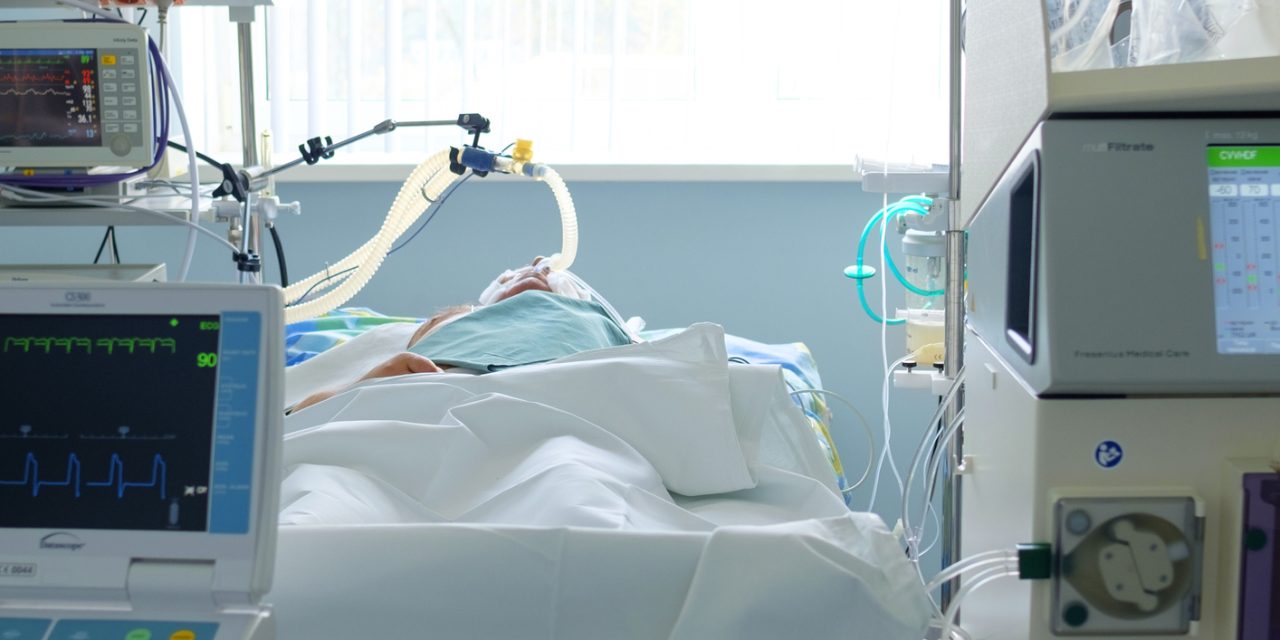Ischemia-reperfusion injury (IRI) drives early and long-term damage to organs as well as compounding damage from acute transplant rejection and surgical trauma. IRI initiates an aggressive and prolonged inflammation leading to tissue injury, organ failure, and death. However, there are few effective therapeutic interventions for IRI. The destructive inflammatory cell activity in IRI is part of an aberrant innate immune response that triggers multiple pathways. Hence, immune-modulating treatments to control pathways triggered by IRI hold great therapeutic potential. Viruses, especially large DNA viruses, have evolved highly effective immune-modulating proteins for the purpose of immune evasion and to protect the virus from the host immune defenses. A number of these immune-modulating proteins have proven therapeutically effective in preclinical models, many with function targeting pathways known to be involved in IRI. The use of virus-derived immune-modulating proteins thus represents a promising source for new treatments to target ischemia-reperfusion injury. Laboratory small animal models of IRI are well established and are able to reproduce many aspects of ischemia-reperfusion injury seen in humans. This chapter will discuss the methods used to perform the IRI procedure in mice, as well as clinically relevant diagnostic tests to evaluate liver injury and approaches for assessing histological damage while testing novel immune modulating protein treatments.
A Mouse Model of Acute Liver Injury by Warm, Partial Ischemia-Reperfusion for Testing the Efficacy of Virus-Derived Therapeutics.


